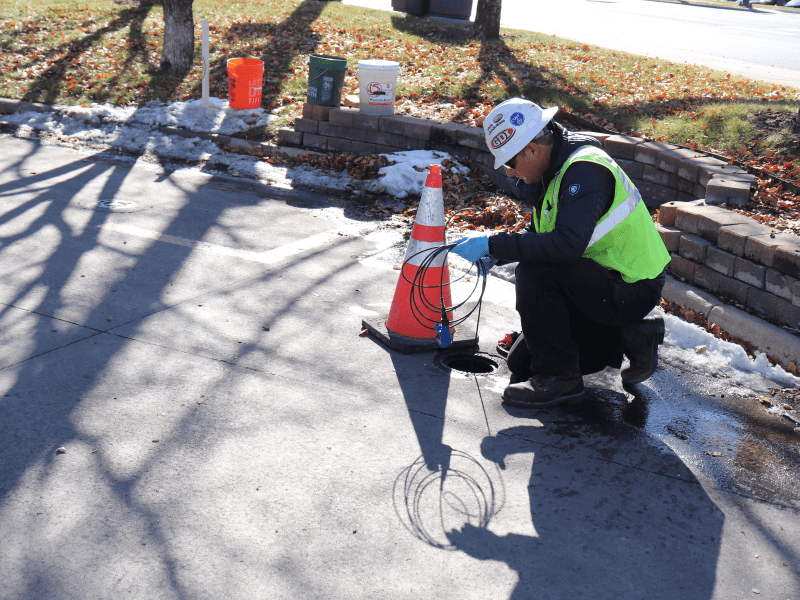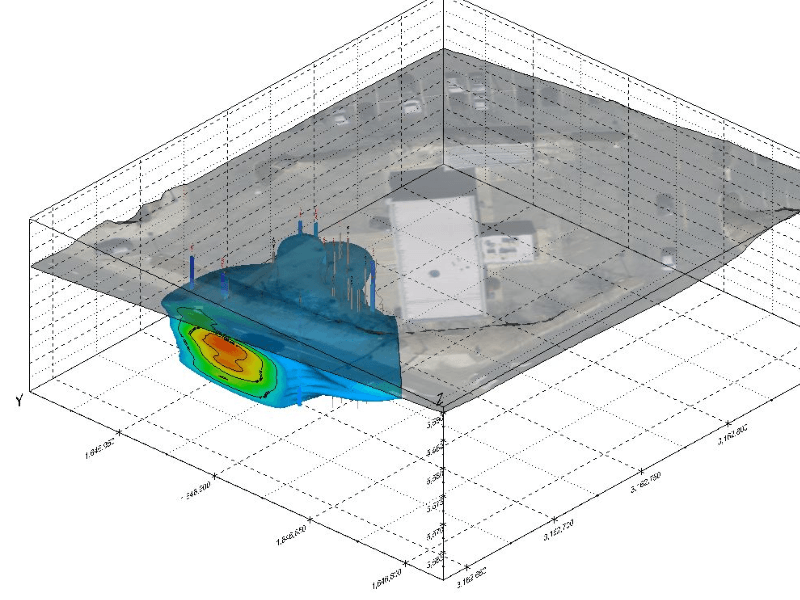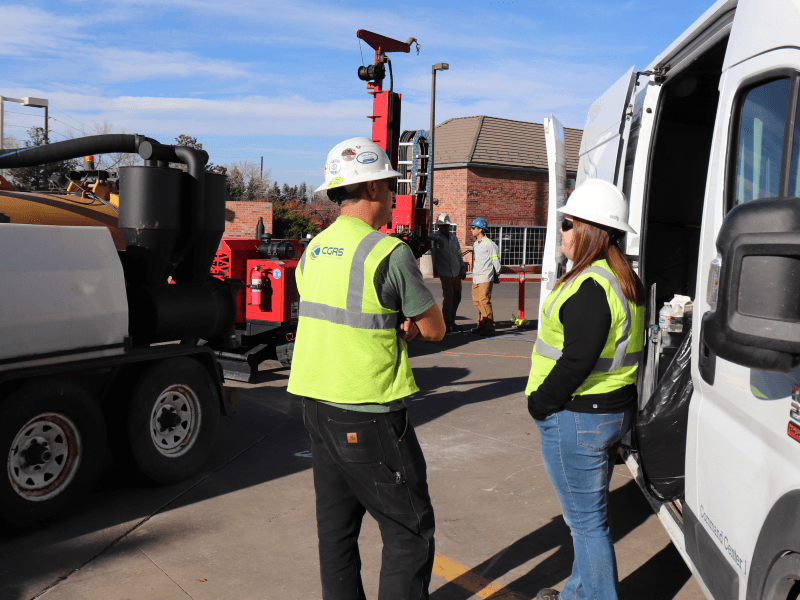High-Resolution Site Characterization
A valuable tool in remediation planning
The more you know about where and how the contamination has spread on a site, the better your project planning – and the faster and more cost-efficient your cleanup efforts.
Determining the extent of contamination starts with a conceptual site model (CSM), which provides a snapshot of what is known about a site and the contamination known or suspected to be present. CSMs are not an image of the site, painted at one point in time, but rather a comprehensive understanding of the site, continually enhanced and updated as data is collected.
One strategy the Environmental Department at CGRS employs to develop a more accurate and informed CSM is High-Resolution Site Characterization (HRSC). According to the EPA, “high-resolution site characterization (HRSC) strategies and techniques use scale-appropriate measurement and sample density to define contaminant distributions, and the physical context in which they reside, with greater certainty, supporting faster and more-effective site cleanup.”
One of the key advantages of HRSC is real-time or near-real-time data collection, allowing for dynamic decision-making to identify additional sampling locations. The subcontractors CGRS works with to provide HRSC use mobile labs, providing in-situ visualizations of the subsurface site conditions to our field geologists.
CGRS Staff Geologist Tarah Winterfeld said HRSC was useful in locating discrete areas of impacted media during a recent site investigation of fuel contaminating soil beneath a gas station.
“Having the data right there on the screen in real time guided our measurement and sampling locations,” she said.
Benefits of HRSC in CSM development include:
- Characterizing subsurface conditions critical to successful remediation design in greater detail than first generation technologies (such as groundwater monitoring well and soil sampling)
- Providing greater confidence that a site is fully characterized by increasing data density
- Improving the cost and performance of remedy monitoring by minimizing monitoring network needs
- Identifying contaminant mass phases present
The CGRS Environmental Services team relies on several tools and methods in addition to HRSC to create a robust CSM, but the following are key components also recognized by the U.S. Environmental Protection Agency:
- Short sample size (the vertical dimension of the sample)
- Small vertical spacing between sample locations
- Minimized horizontal spacing between borings
- Borings organized along transects oriented transverse (perpendicular) to the anticipated direction of contaminant transport
HRSC reduces site-specific challenges for site characterization as it aids in project planning, enables dynamic work strategies and provides real-time measurement technologies, making it a vital tool in the CGRS Environmental Services team’s arsenal.
*Special thanks to Eagle Synergistic and Alpine Environmental for partnering with CGRS on this project.





